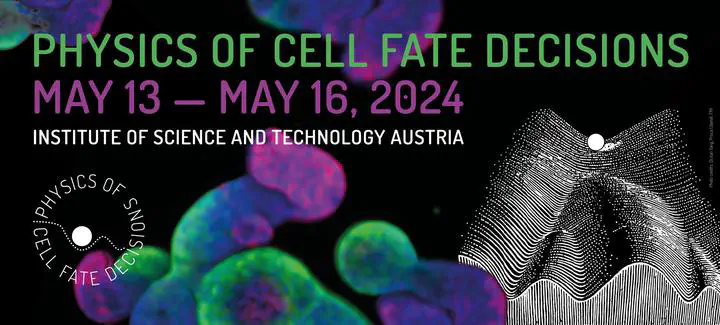Is the Cellular Jamming Universal?
 Image credit: ISTA
Image credit: ISTAAbstract
Phase transitions and collective motion play a crucial role in various biological processes, such as embryogenesis, wound healing, and cancer progression, during which tissues can transition between states resembling liquids or solids. A well-known case is that of a sub-confluent epithelial monolayer that approaches homeostatic equilibrium by undergoing a liquid-to-solid transition, sometimes referred to as jamming. Seminal work by Angelini et al. suggested that this dynamical arrest of the monolayer resembles a glass transition, primarily driven by the increasing cell density due to proliferation. Garcia et al. found that cell density plays a secondary role, suggesting that the dynamical arrest can be rationalized in terms of the combined maturation and strengthening of cell−cell and cell−substrate adhesions. To shed light on these contrasting results, we combine Particle Image Velocimetry, Segmentation Analysis, and Differential Dynamic Microscopy to perform a multi-scale investigation of the monolayer dynamics across the jamming transition. Our preliminary results reveal a lack of uniformity in how different cell lines undergo jamming, showing dramatically different behaviors depending on the cell type. While at early stages all cell types exhibit a ballistic-like, directional motility phenotype, some of them jam by just slowing down, whereas some others exhibit an additional transition from a ballistic to a diffusive type of motion. In addition, we find different degrees of interplay between the monolayer dynamics and its structural features. The observed differences in behavior are not only evident between distinct cell types (e.g., epithelial cells versus fibroblasts) but also among different lines of the same type, suggesting that the cellular jamming transition is not universal.